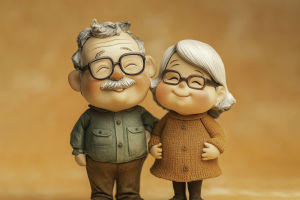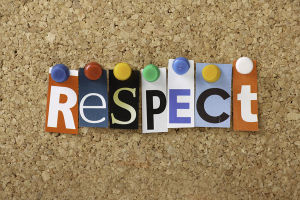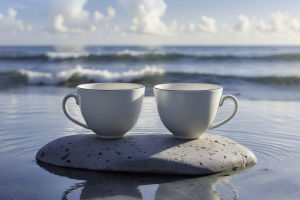From Bach to Beethoven, to contemporary pianists, piano art has become an indispensable part of musical culture.
The piano, with its rich history and versatility, has shaped classical music and continues to influence modern genres.
Its ability to evoke deep emotion and tell stories through melodies and harmonies has made it a cornerstone of both solo performances and orchestral compositions!
1. Origins and Development
The piano's invention can be traced back to the early 18th century when Italian instrument maker Bartolomeo Cristofori created the harpsichord with soft and loud (Gravicembalo col piano e forte). Unlike earlier harpsichords and clavichords, Cristofori's design allowed for dynamic volume control—the combination of piano (soft) and forte (loud).
Over time, the piano underwent significant advancements, transitioning from wooden to metal frames, with the number of keys expanding from the original 54 to the modern standard of 88. These changes enriched its tonal quality and broadened its range.
By the 19th century, piano manufacturing had reached new heights, with brands such as Steinway & Sons and Bösendorfer emerging as industry leaders. Meanwhile, composers like Chopin and Liszt expanded the piano's expressive capabilities, making it the iconic instrument of the Romantic era.
2. Structure and Features
The piano's structure is composed of three main parts: the strings and soundboard, the action mechanism, and the keyboard.
-Strings and Soundboard: Strings of varying lengths produce different pitches, while the soundboard amplifies the sound, creating a powerful resonance.
-Action Mechanism: The heart of the piano, this intricate system strikes the strings when keys are pressed, transforming into sound with precision.
-Keyboard: Comprising 88 keys (52 white and 36 black), the keyboard spans seven octaves, offering an extensive range of musical possibilities.
3. The Artistic Charm of Piano Performance
The allure of piano art lies in its versatility and expressiveness. The piano can emulate the complexity of an orchestra, weaving multiple voices into a single instrument.
Piano performance takes various forms:
-Solo Performances: The most common expression of piano art, where the performer uses both hands to create a wide range of musical textures. Iconic solo works include Beethoven’s Moonlight Sonata and Liszt’s Hungarian Rhapsodies.
-Concertos: Collaborations between piano and symphony orchestra, such as Tchaikovsky’s Piano Concerto No. 1, showcasing the interplay between soloist and ensemble.
-Chamber Music: Piano joins instruments like violin and cello, producing the unique intimacy of chamber music.
4. The Evolution of Modern Piano Art
In the 21st century, piano art has expanded beyond the boundaries of classical music. Many musicians now blend piano with electronic music, jazz, and pop, breathing new life into the instrument. For instance, Japanese composer Joe Hisaishi integrates piano into film scores, creating unforgettable melodies. Meanwhile, the piano remains a staple in pop music, often serving as a central accompaniment.
The rise of digital pianos and synthesizers has made piano learning more accessible and affordable. These compact instruments can emulate various sounds, opening new doors for the dissemination of piano art.
Piano art is a gateway to the world of music. From the elegant melodies of the Baroque era to the innovative expressions of modern times, the sound of the piano transcends time and culture. Sit down, press a key, and you’ll find that the piano’s story is far more enchanting than you ever imagined!


